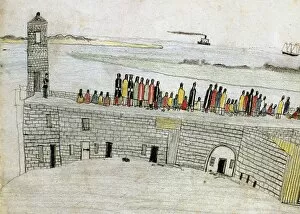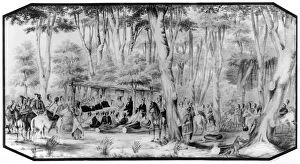Kiowa Collection (page 3)
The Kiowa tribe, an American Indian group with a rich history, had various locations in 1715. Their presence was significant and widespread across different regions
All Professionally Made to Order for Quick Shipping
The Kiowa tribe, an American Indian group with a rich history, had various locations in 1715. Their presence was significant and widespread across different regions. In the early 1700s, the Kiowa tribe inhabited areas that spanned from present-day Kansas to Texas and Oklahoma. Moving away from their historical context, let's explore another aspect of "Kiowa" - the Bell OH-58A Kiowa helicopters. These aircraft played a crucial role in military operations. Among them were notable models such as 71-20460, 72-21182, 68-16854, and many more. The Bell OH-58A Kiowas served as reconnaissance helicopters for the United States Army during critical periods. They provided aerial support and surveillance capabilities on various missions worldwide. With their distinctive appearance and powerful engines, these helicopters became synonymous with efficiency and reliability in combat scenarios. Whether it was conducting search-and-rescue operations or gathering intelligence behind enemy lines, the Bell OH-58A Kiowas proved themselves time and again. Their sleek design allowed them to navigate challenging terrains effortlessly while providing essential information to ground forces. The pilots who flew these machines demonstrated exceptional skill and bravery throughout their service. From training exercises to real-world deployments, each helicopter carried its own unique story within its identification number: 71-20580, 72-21097, 68-16804 - all representing countless hours of dedication by both aircrews and maintenance personnel alike. As we reflect on the significance of "Kiowa, " whether referring to an American Indian tribe or these remarkable helicopters – one thing remains constant: resilience in adversity. Both embody strength through unity – be it cultural heritage or military brotherhood – reminding us of our shared human experiences throughout history.














